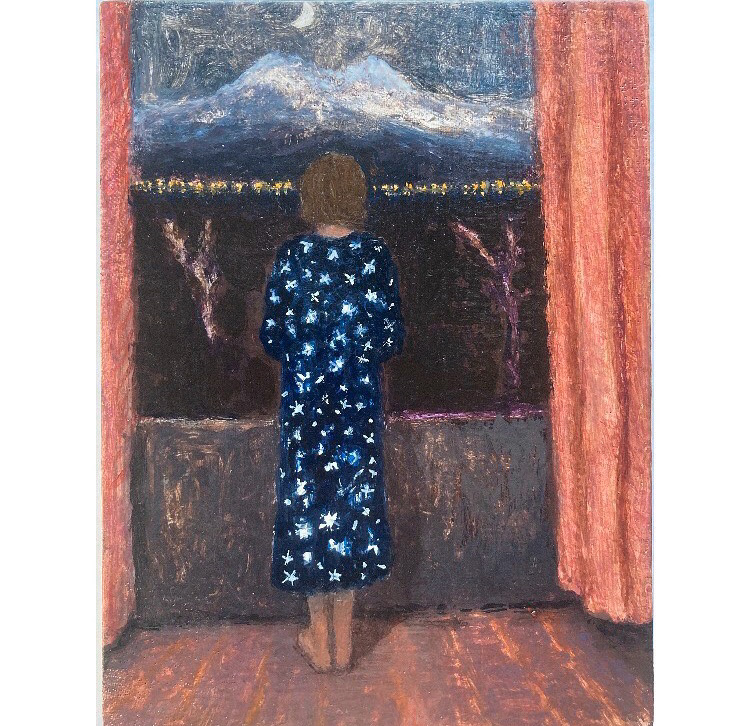Des scènes de petites dimensions, des moments du quotidien: celui de l’artiste Heindrun Rathgeb.
Ces épiphanies quotidiennes comme aiment les designer l’artiste, nous emmènent dans un univers où on s’y sent bien, où chacun des êtres représentés sont pleinement absorbés dans l’activité dans laquelle ils sont représentés.
De scènes en scènes, on découvre le quotidien de l’artiste. Et c’est bien un quotidien que l’artiste nous donne à voir: chaque jour, Heidrun Rathgeb relève et inscrit tous ces petits moments dans un carnet de croquis, qu’elle retravaille ensuite. Et c’est à travers un regard particulièrement bienveillant et respectueux, que nous nous faisons témoin à notre tour de chacun de ces instants de vie : celui d’une mère sur ses enfants, sur sa famille ou encore sur une nature où le calme règne. C’est aussi le regard de l’artiste sur elle-même qui se présente intégrée dans cette nature, un lieu qui lui est cher et dans lequel elle aspire à y être dès qu’elle le peut.
Ce seront alors tous ces instants qui ponctueront notre semaine et qui seront accompagnés des mots de l’artiste, avec qui je me suis récemment entretenue.
Ces épiphanies quotidiennes comme aiment les designer l’artiste, nous emmènent dans un univers où on s’y sent bien, où chacun des êtres représentés sont pleinement absorbés dans l’activité dans laquelle ils sont représentés.
De scènes en scènes, on découvre le quotidien de l’artiste. Et c’est bien un quotidien que l’artiste nous donne à voir: chaque jour, Heidrun Rathgeb relève et inscrit tous ces petits moments dans un carnet de croquis, qu’elle retravaille ensuite. Et c’est à travers un regard particulièrement bienveillant et respectueux, que nous nous faisons témoin à notre tour de chacun de ces instants de vie : celui d’une mère sur ses enfants, sur sa famille ou encore sur une nature où le calme règne. C’est aussi le regard de l’artiste sur elle-même qui se présente intégrée dans cette nature, un lieu qui lui est cher et dans lequel elle aspire à y être dès qu’elle le peut.
Ce seront alors tous ces instants qui ponctueront notre semaine et qui seront accompagnés des mots de l’artiste, avec qui je me suis récemment entretenue.
L'artiste Heidrun Rathgeb
Could you introduce yourself?
Ever since I can remember I wanted to become a painter, as a child I painted for hours every day. From 1993-1999 I studied Fine Art / painting in London, first for three years at the Byam Shaw School of Art( now part of Central St Martins) and then at the Slade School of Fine Art, London where I did my Master in Fine Art. I had been painting for two years in the life room, studying the human form. Euan Uglow had been my personal tutor then. Later I moved away from observational painting, which wasn’t an easy transition. The teaching of Timothy HymanRA has been a major influence and helped me to slowly find my own way in art. Away from a narrow objective way of painting towards a deeply personal approach.

Her first Linocut, 14x17.5cm, egg tempera on panel

Morning Tea, 17,5x14cm
I notice that in your creations you often depict a figure of a character, like a shadow, in front of a landscape and you placed him in the corner of the foreground. The character is often very smaller and as lost in the landscape. Could you speak about this choice of composition and this kind of representation ?
The single figure in landscape, often seen as just a silhouette from behind, represents myself. Whenever I can I would spend time in nature and sometimes would go for long distance hikes in the mountains.
These paintings do simply reflect particular experiences in nature, being lost - in a positive sense- in a landscape, as well as a state of mind .
In all your creation you seem to make a distance with the subject, as you were in exterior. Yours characters don’t seem to be interrupt or notice your presence. Do you depict those scenes from your imagination or from your daily life? Could you speak about your creative process?
Here I disagree - I am very close to my subjects , not outside , but it is a quiet unintrusive way of looking. All these things I am painting are actual moments i have experienced, observed, noticed. I am frequently, daily, drawing in sketchbooks from special moments, a glimpse, a memory. These drawings always form the basis for a composition in a painting . In a painting I am then trying to get as close as possible to the initial feeling of the specific moment I am depicting.
I am a mother of six children, and often I would draw a child for 5 minutes or less, I see those drawings like a collection of special moments, as if holding a precious moment before it is washed away by the rush of time.
Daily epiphanies is may be a good word for what my art is made of.
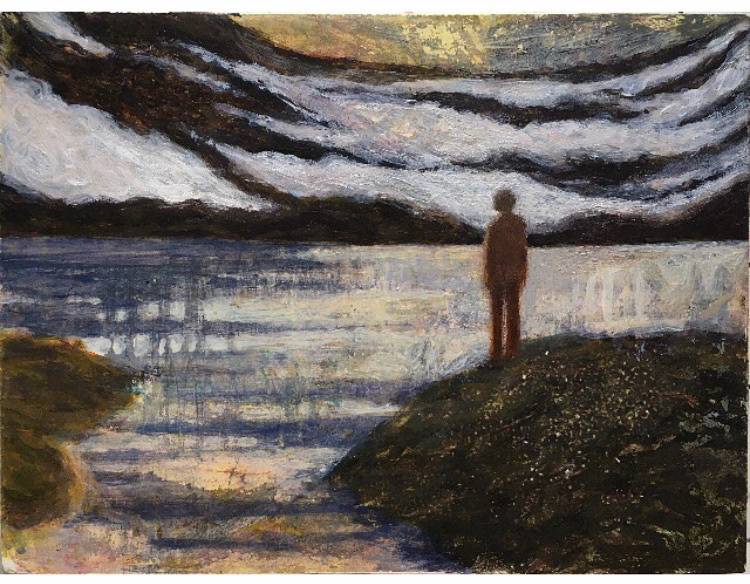
Nordisches Licht (nordic light)
Your scenes often show a character lonely, very quiet and looking down. The composition, the atmosphere and the thematic of the intimacy ( woman in the bath, at table ..) remind me some of Bonnard’s paintings when he depicted his wife Marthe in her daily life. Is he an influence in your work? What do you like in this kind of scenes?
I guess each artist paints with his/her own temperament, reflected in the work. I do feel drawn to scenes where someone, a child, is lost in what they are doing .
I am interested in that state of mind of being fully absorbed and connected , a state of mind where time doesn’t play a role, a state of “oneness”. This also applies to the figures in nature.
There are several artistic influences on my work, Bonnard is certainly one of them, as he too was interested in depicting the flavor of a particular memory. The artists I maily am looking are Paula Modersohn- Becker, Edvard Munch, Nikolai Astrup, Edvard Hopper, Peter Doig, Caspar David Friedrich, Winifred Nicholson, Chardin and most prominenltly the Italian Trecento, namely the Sienese painters, like Lorenzetti, Piedro di Sano etc.
This list may change from time to time.
All art comes from other art, I feel it absolutely essential to my work practice to be studying other artists and their work. In normal times I would be travelling to museums and exhibitions frequently (I do live very remote in the country side of south Germany) in order to draw from other art. These will be just brief sketches of a composition in a painting or a sculpture. However I believe these drawings later form an unconcious “data bank” in my mind which certainly influences my own work in one way or another. Drawing from great art is also a humbling experience and does remind me of my own shortcomings in art and of a long path ahead…
Sometimes, your character are in front of a window. Is it a way for you to catch the viewer gaze to the landscapes?
I generally just like windows ,looking in or out. Like doors they form a threshold from one world to another, an inside world to an outside world, both in real life and metaphorically.

The enigmatic neighbor (the writer) (17,5x14cm)
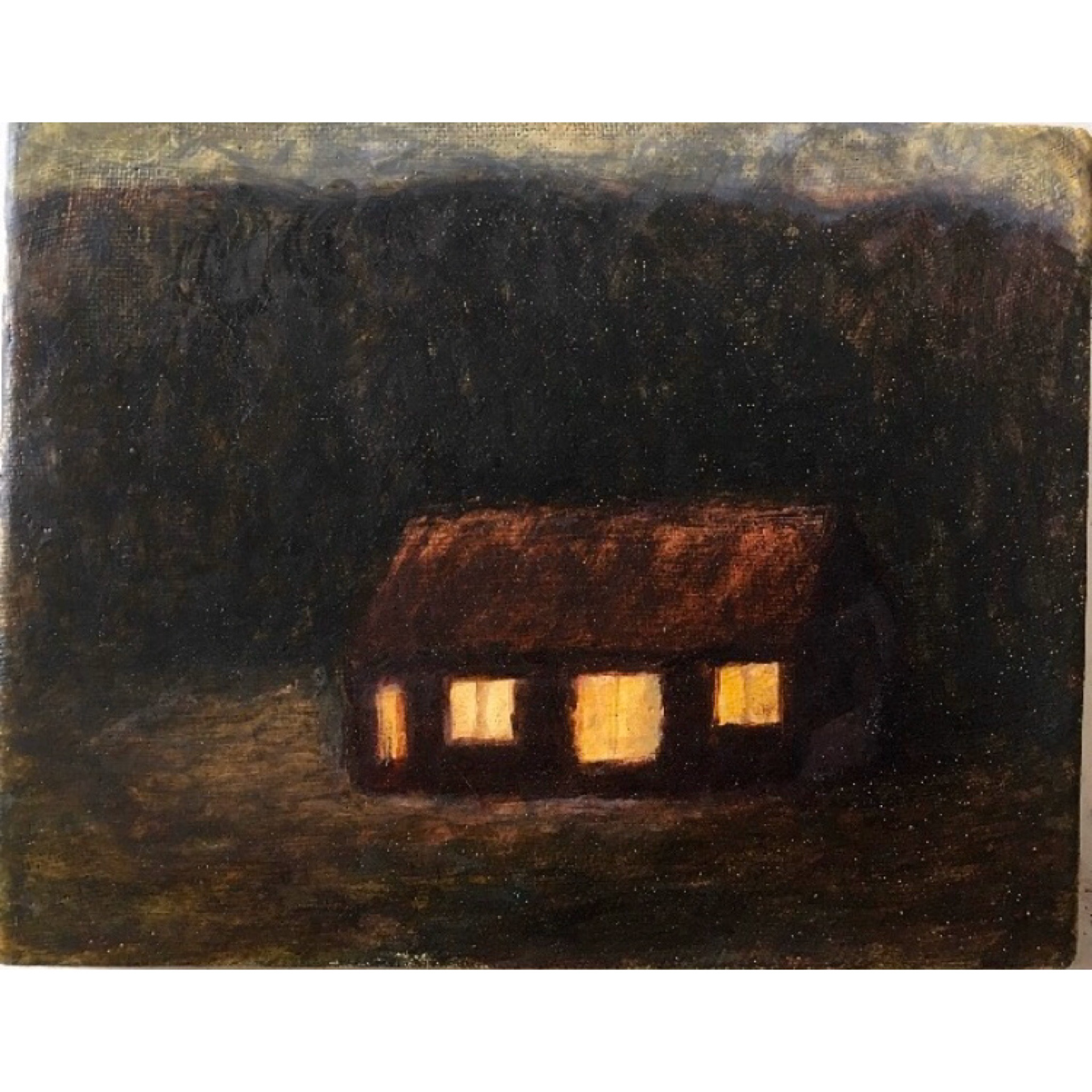
Hüttenzauber, 17,5x14cm, egg tempera on panel
You create a lot of depiction of children in a peaceful nature, in which they seem in perfect harmony. What do you want to show in those scenes?
It is always my own children , of course life is not always harmony and peace, but in a day there are many small moments of just being or being present or a child being absorbed in a book or in drawing or playing , I feel if I pause and look from time to time, I will be noticing those moments. And I may get my sketchbook out or just remember.
That is what my art is made of . Not necessary harmony and peace but glimpses of being purely present. Memories of these special daily moments.
My paintings are not telling whole stories but the specific instant , like a Haiku would do.
Do you have any future projects to share with us?
This year I will be having two exhibitions in London, a solo show with
John Martin Gallery in Autumn and an exhibition of my woodcuts and prints with Oliver Projects in November , further I am one of seven artists included in the launch of the new online gallery Mothflower.com in April 2021.
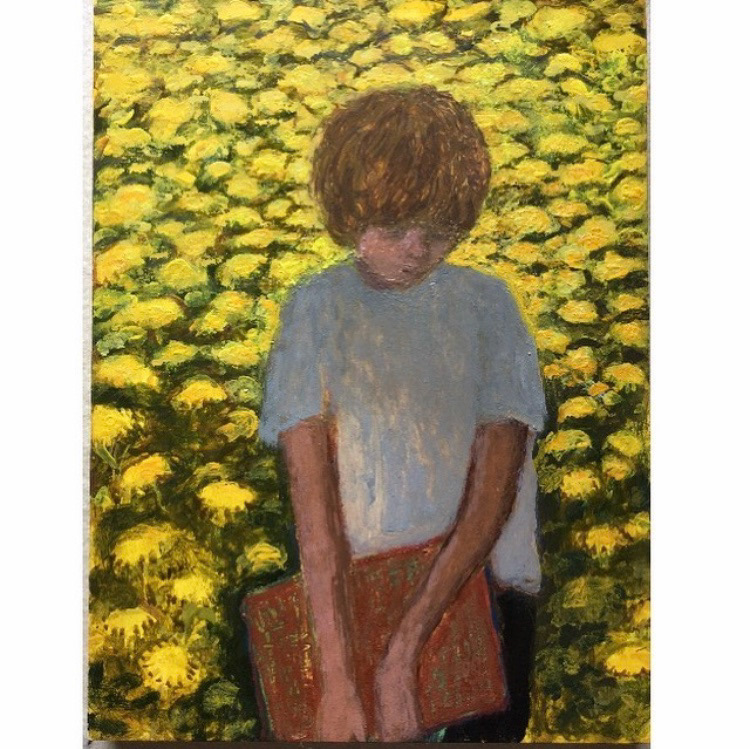
Dandelion Boy 18x24, egg tempera
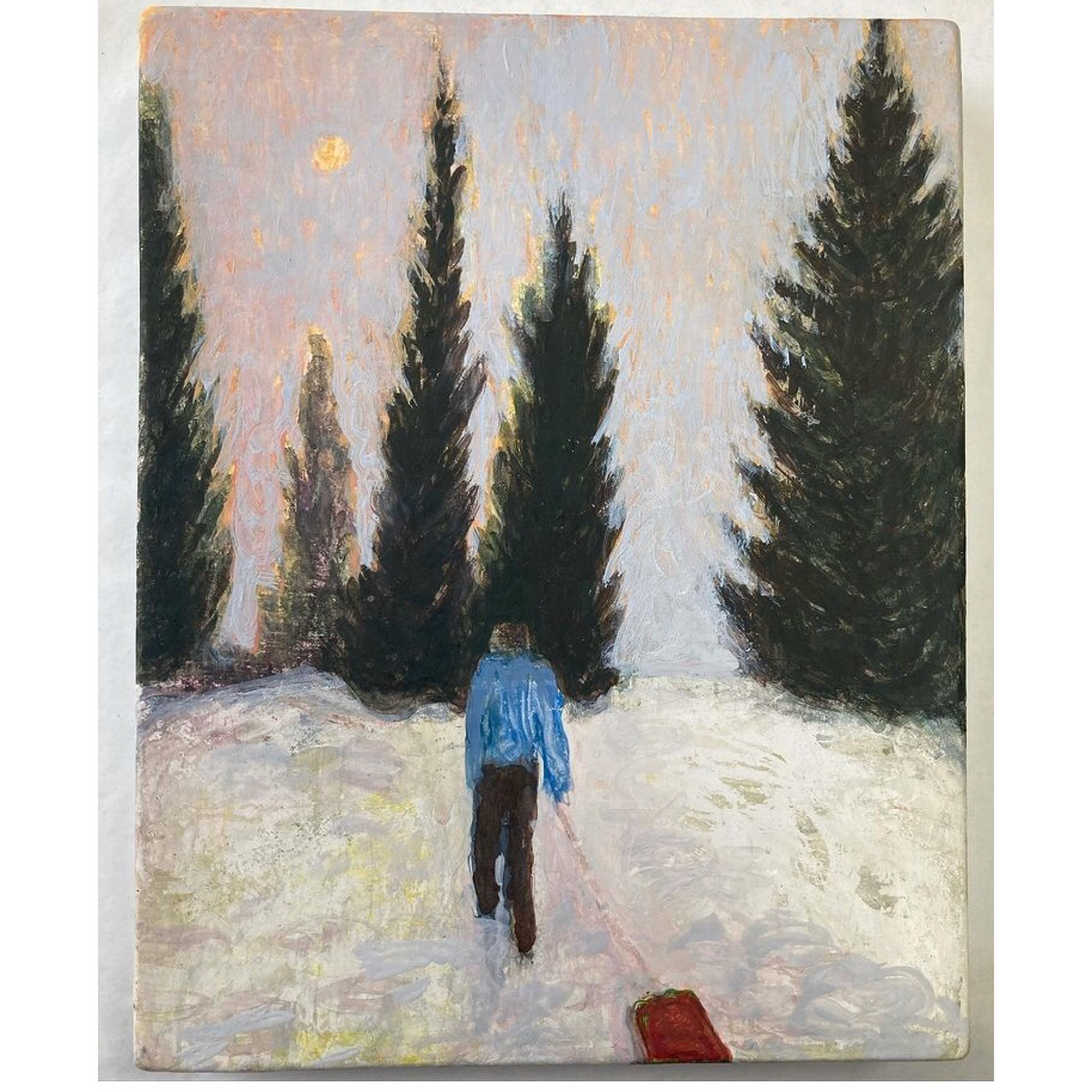
Wanderer 14x17,5cm
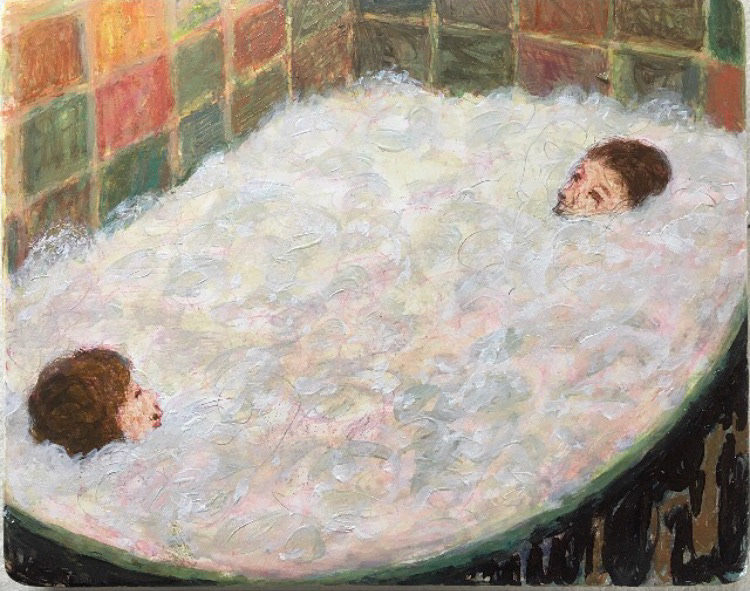
Bubblebath, 17,5x14cm egg tempera
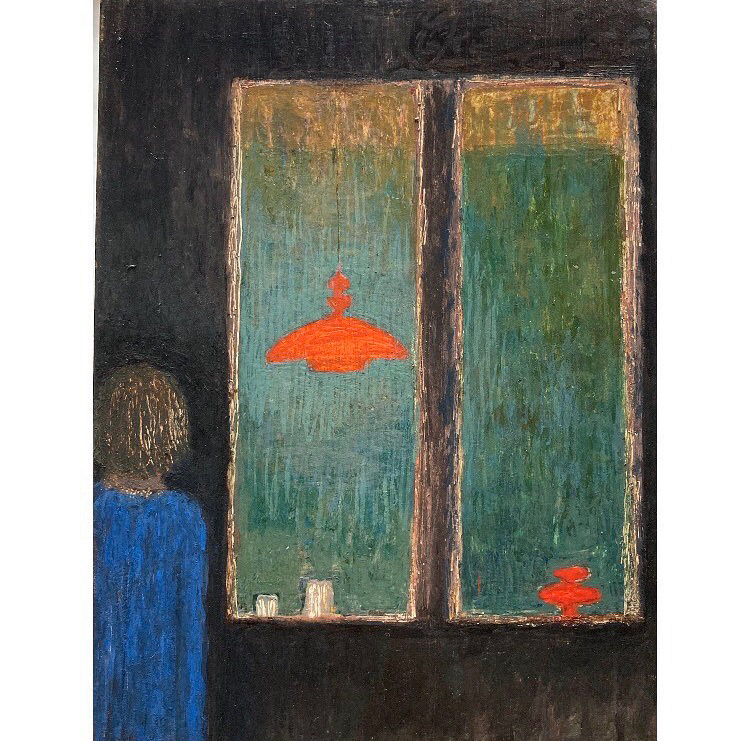
Coming home at dusk, 15x20x3cm, egg tempera

Mono prints

Passage (Jølstravatnet), 24x18 cm, egg tempera
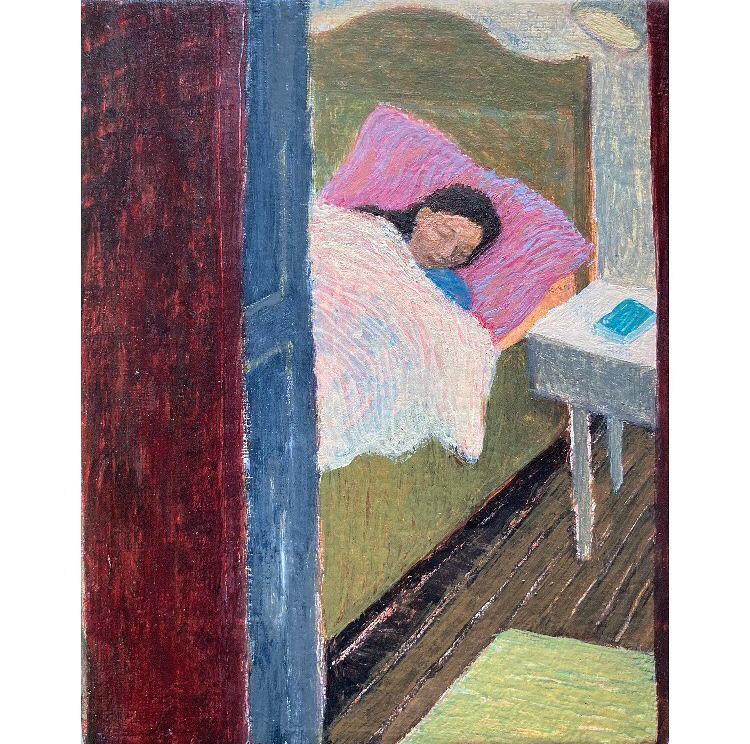
L asleep, egg tempera on board, 14x17.5cm, 2021
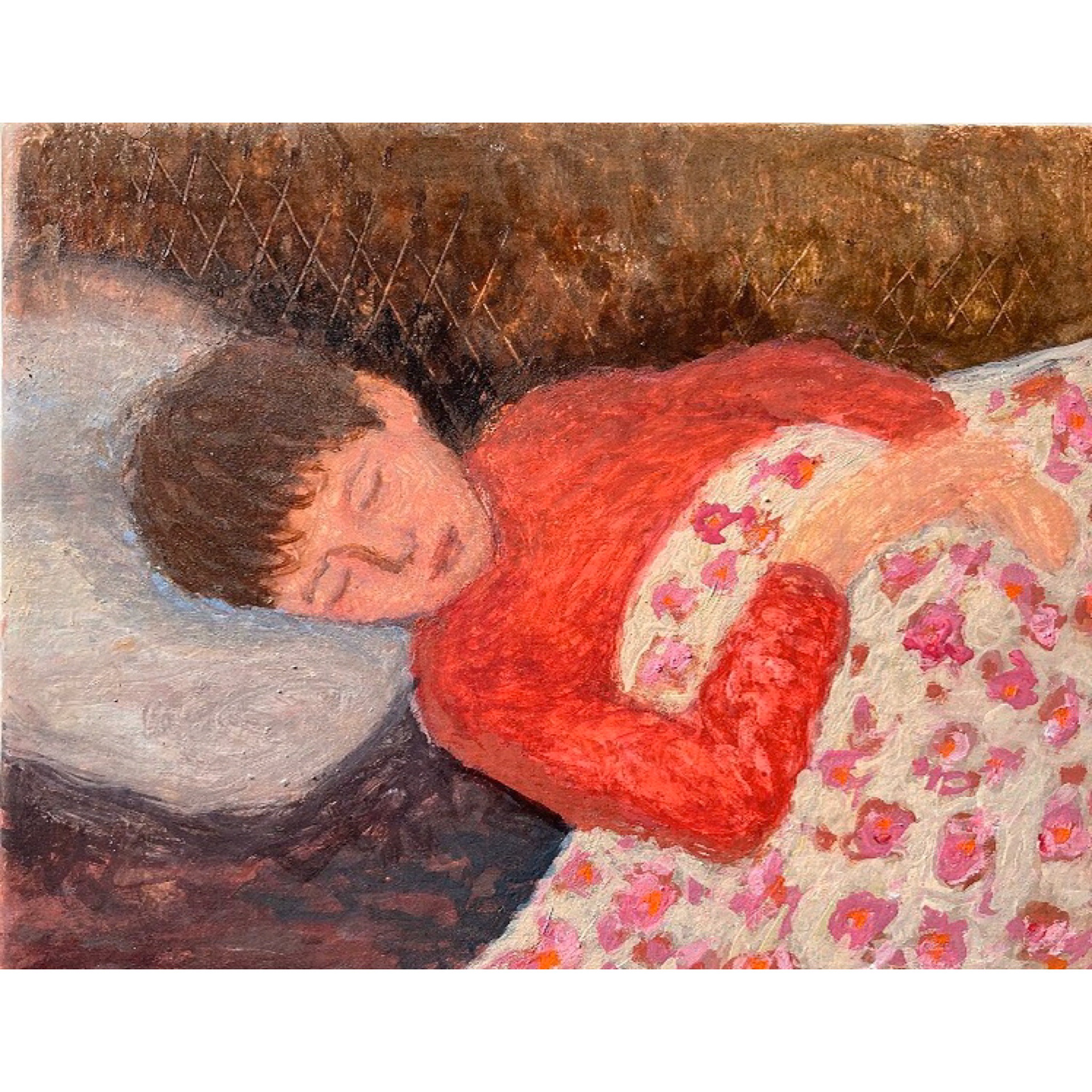
von Rosen bedacht, 17.5x14cm, egg tempera
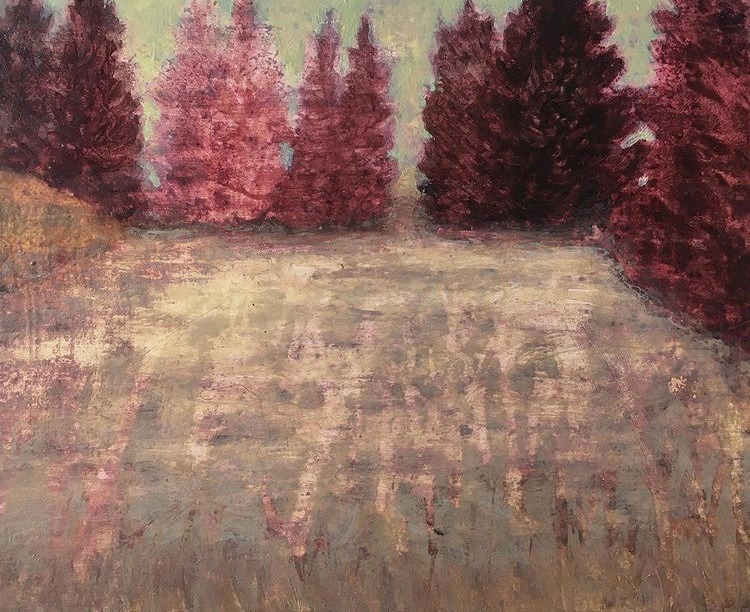
Secret Place, 17,5x14cm, egg tempera
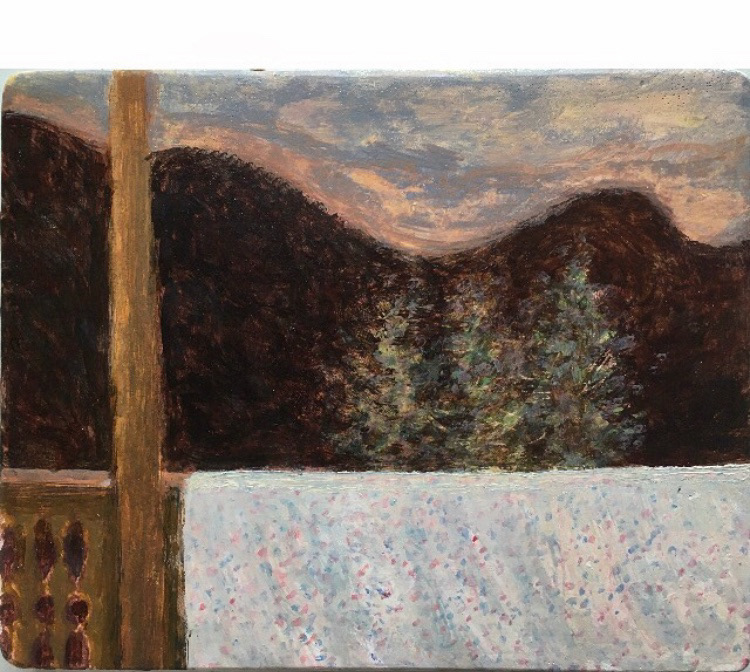
Das Tuch (Mount Orkia). egg tempera, 17,5 x14cm
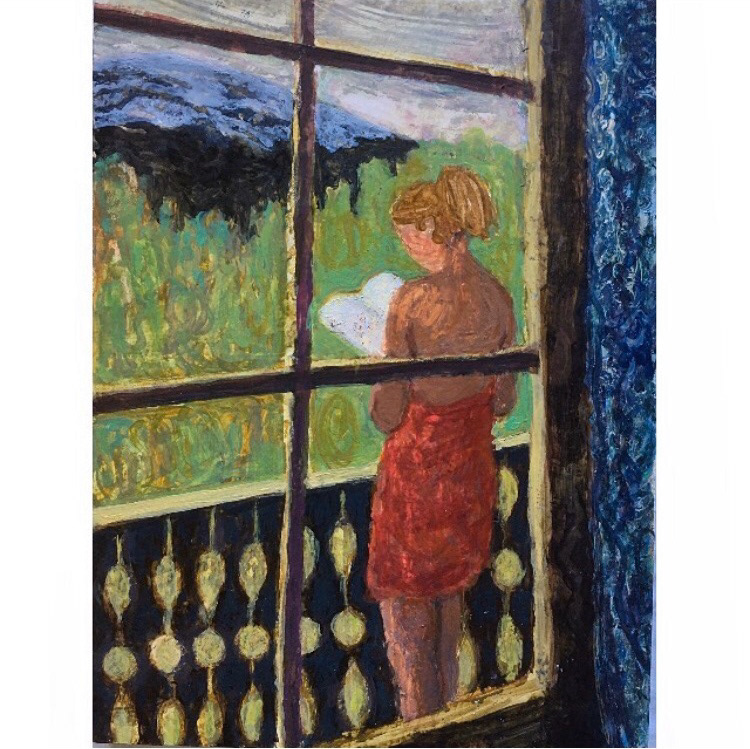
E, egg tempera, 24x18cm
